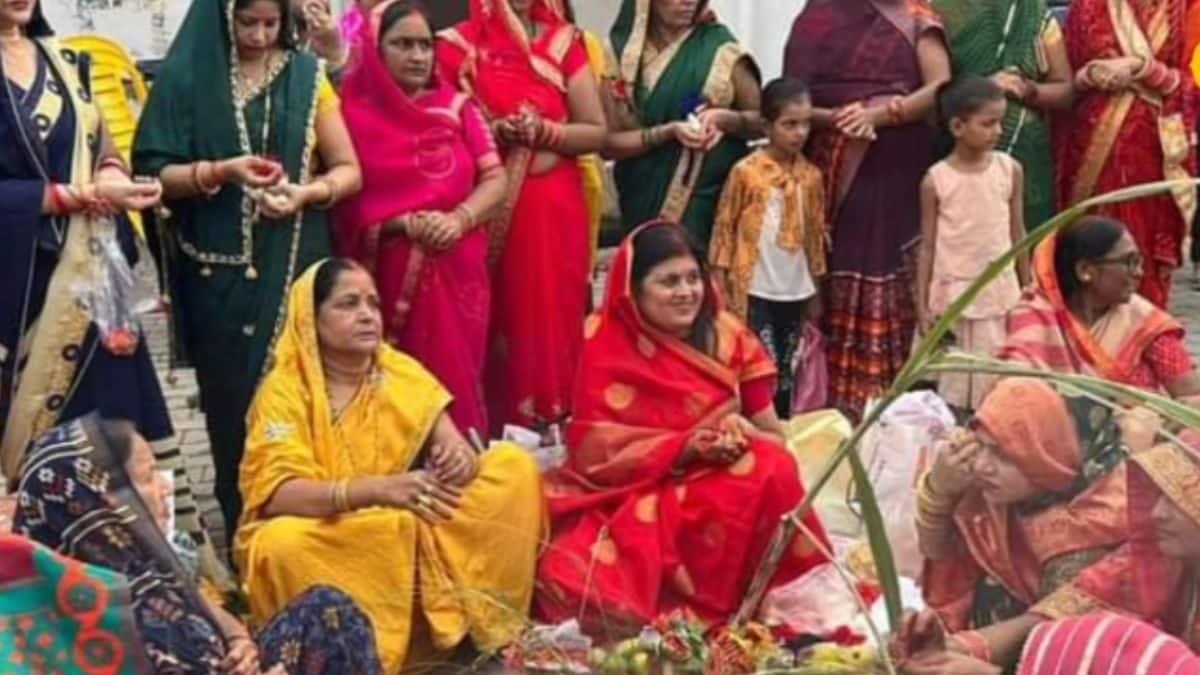Jitiya Vrat 2023: Check Auspicious Timings For Fasting, Rituals And Significance

Jitiya Vrat is known as Jeevit Putrika Vrat.
Jitiya Vrat puja is believed to bestow long life, health, happiness, peace and prosperity upon the fasting woman’s children.
In Hinduism, Jitiya fasting holds significant importance, especially for women. This fast begins with Nahay Khay and concludes with Saptami, Ashtami, or Navami. This year, the Jitiya festival will be celebrated from October 5 to October 7, providing some relief due to its shorter duration. Pandit Manotpal Jha from Purnia shared with News18 that women perform the Jitiya festival to ensure the longevity of their sons. He added that during Jitiya Vrat, fasting women observe Nirja Vrat on Ashtami.
According to Pandit Ji, on October 5, women should bathe and fast until sunrise. Then, on October 6, the Jitiya fast should begin in the morning and continue until 10:32 PM on October 7. Since it’s Saptami until 9:34 AM on October 6, the Jitiya fast begins in the morning. This fast is observed on Ashtami, as per the Mithila Panchang’s fixed timings.
Pandit Manotpal Jha mentioned that while there might be time variations in different places, these are the established timings. He also noted that Jitiya Vrat is known as Jeevit Putrika Vrat, where the God of the living vehicle is worshipped. This puja is believed to bestow long life, health, happiness, peace and prosperity upon the fasting woman’s children.
Pandit Ji added that the tradition of performing the Jitiya Vrat puja has been passed down through generations, and mothers are well-versed in its rituals. He shared the significance of certain practices such as Naha Khae, Madwa Roti, Jingli leaves, Nauni saag and other specific items that are traditionally consumed during the Jitiya Vrat. These elements hold special importance in the observance of the fast.
He also advised that for Parana, the fasting person can break their fast by consuming sherbet or sweet water after 10:32 AM on October 7. This helps in maintaining energy levels in the body after the fast.
Steps to worship on Jitiya Vrat
1. Cleanse the place of worship by coating it with cow dung.
2. Create a small pond by digging the ground.
3. Bring a branch of Pakad and erect it near the pond.
4. Place the idol made of Kusham of Dharmatma Jimutvahana, the son of King Shalivahana, in a vessel of water or clay.
5. Decorate the idol with yellow and red cotton.
6. Worship the idol with incense, lamps, Akshat (rice grains), flower garlands, and various types of offerings.
These steps are part of the traditional ritual to honour and worship the Gods during the Jitiya Vrat.

Atul Tiwari is a seasoned journalist at Mumbai Times, specializing in city news, culture, and human-interest stories. With a knack for uncovering compelling narratives, Atul brings Mumbai’s vibrant spirit to life through his writing.





